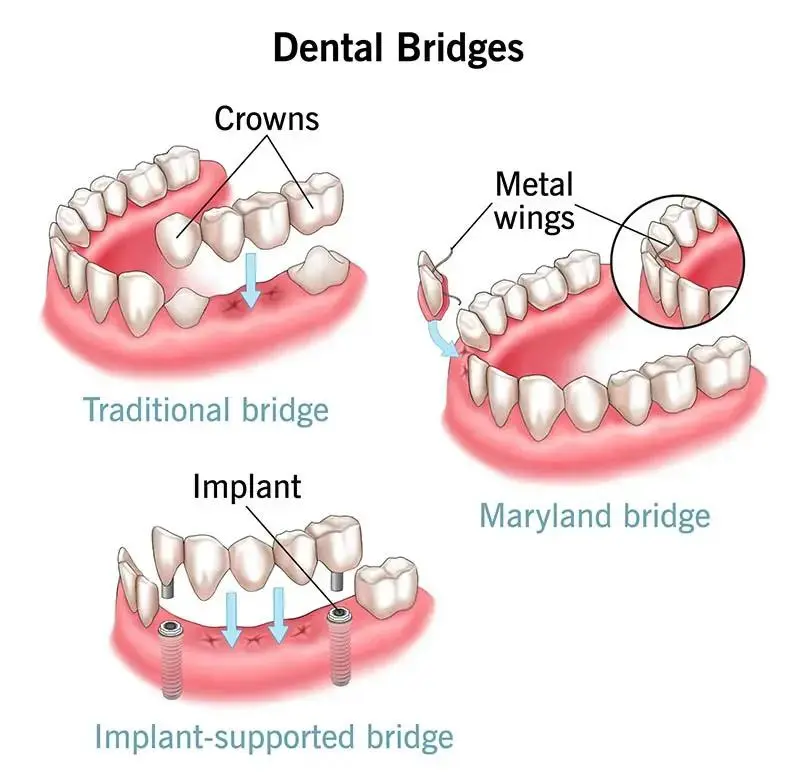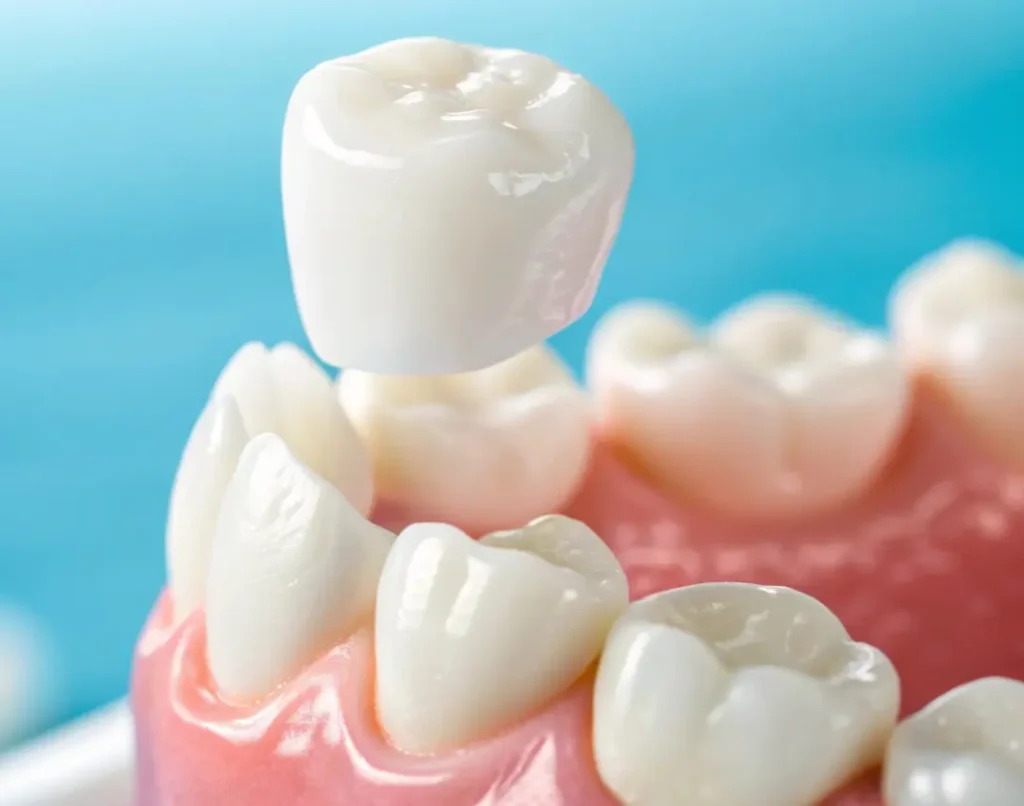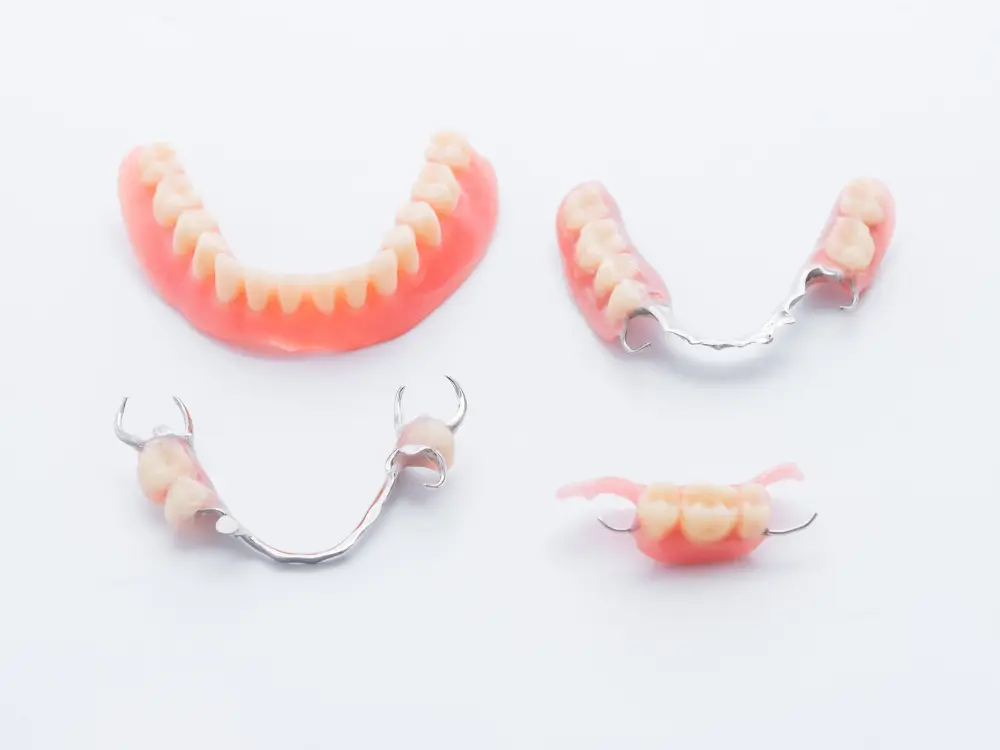Ever wonder why your dentist sometimes recommends a follow-up visit for a cavity, even though they fixed your friend’s in one sitting? This is a common question I hear from patients. They see a friend’s cavity get fixed quickly and wonder why their own treatment might be different.
The truth is, there are actually two main ways dentists fix cavities, and the best method depends on the specific situation. So, to clear up any confusion and help you understand the choices, let’s explore the two main types of dental restorations (direct restorations and indirect restorations) and why dentists sometimes recommend a follow-up visit.
Dental restorations are procedures used to repair or replace damaged or missing teeth. They can improve your oral health, chewing function, and smile!
There are two main types of dental restorations: direct and indirect.
Direct restorations are placed by your dentist in a single visit. Fillings are the most common type of direct restoration.

Indirect restorations are created in a dental lab and require two or more visits to your dentist. They are typically used for more extensive repairs or replacements. Crowns, bridges, and veneers are all examples of indirect restorations.

Here are some reasons why a tooth restoration might be needed
In essence, any damage or loss to the structure, function, or appearance of a tooth can be a reason for restoration.
Dental restorations can be made from a variety of materials, including:
Let’s now learn about two types of dental restoration treatments we use at Dev’s Oral.
Direct restorations are all about convenience and efficiency. Since the dentist can complete the entire procedure during a single appointment, it saves you time and potentially another visit. Here’s what typically happens during a direct restoration with a filling:
Here are some of the advantages of direct restorations:
However, there are also some limitations to consider:
It’s important to note that the suitability of a direct restoration depends on the severity of the damage.
While direct fillings offer a speedy solution, sometimes your smile needs a more strategic defence – enter indirect restorations. These custom-made masterpieces, crafted in a dental lab, take longer but provide unmatched strength, aesthetics, and long-term protection.
Here’s how indirect restorations are done.
Preparation: Similar to direct fillings, the dentist numbs the area and removes any decay or damaged tooth structure. Impressions are then taken of your teeth to ensure a perfect fit for the restoration.
Lab Work: The dentist sends the impressions to a dental lab, where skilled technicians create the custom restoration. Depending on the specific situation, this could be a crown, inlay, onlay, veneer, or bridge.
Matching the Colour: During your second visit, the dentist checks the fit and colour of the restoration. Once everything is perfect, they’ll permanently bond it to your tooth.
Indirect restorations take a different approach compared to direct fillings. Here’s when they come into play:
The best restoration approach depends on the specific situation. I hope now you understand the difference between direct and indirect restoration. However, if you need further guidance, don’t hesitate to consult me. I’ll be glad to help you.




